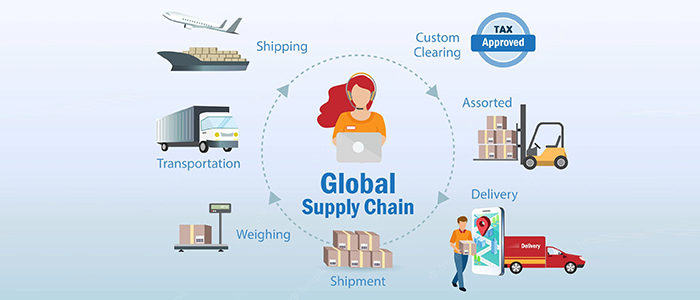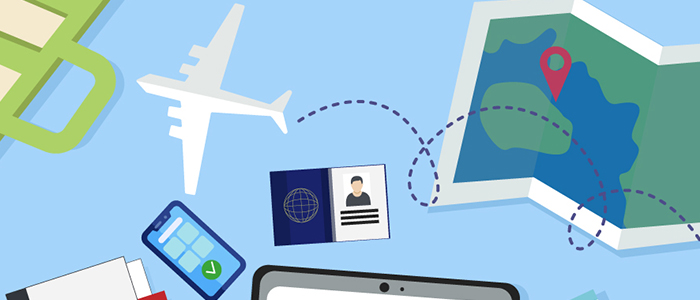A computer network called a Global Distribution System, or GDS serves as a mediator between various travel service suppliers and travel brokers. It gathers inventory, schedules, and fares from suppliers. In addition, it allows agents and OTAs to browse for and make reservations utilizing manual terminals for agents and connectivity APIs for OTAs. In this post, you will learn more details about the system, its benefits, and the future of it too.
The requirement to distribute airline tickets gave rise to the concept of a Global Distribution System. Although there are many big and small GDSs, we will focus on the most popular ones that serve practically the entire globe. Amadeus, Sabre, and Travelport.
The Global Distribution System (GDS) is a travel agent’s central computer for ordering plane tickets and other travel-related items. You can read through the following sections to know more about the system.










